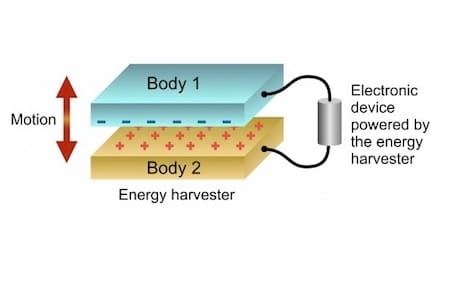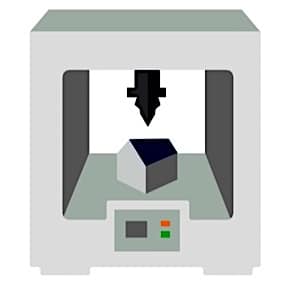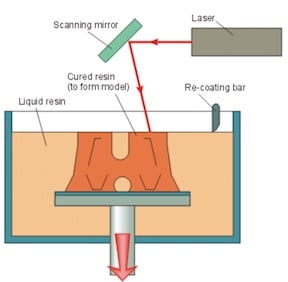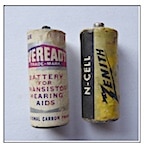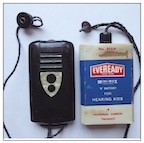Dec. 26, 2017
Energy Harvesting Approaches to Powering Hearing Aids Note: For those expecting to find the continuation of Directional Microphone Mismatch, as mentioned in last week’s post, please note that some recent information has been presented that will relate to improving the robustness of matching two omnidirectional microphones to create a directional listening experience. As a result, the second part is being



